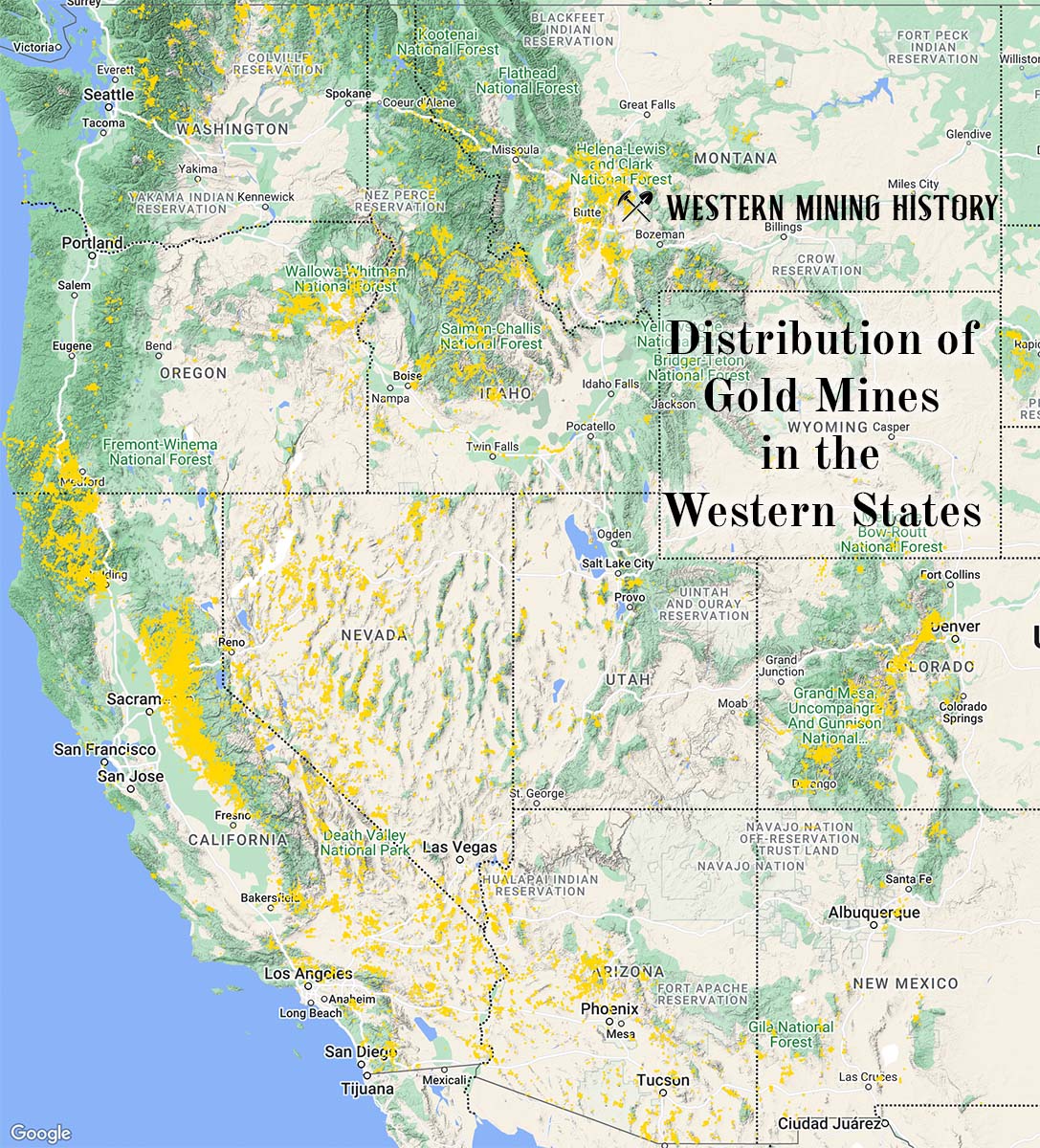The Smith is a gold mine located in Alaska.
About the MRDS Data:
All mine locations were obtained from the USGS Mineral Resources Data System. The locations and other information in this database have not been verified for accuracy. It should be assumed that all mines are on private property.
Mine Info
Smith MRDS details
Site Name
Primary: Smith
Commodity
Primary: Gold
Location
State: Alaska
District: Willow Creek
Land Status
Not available
Holdings
Not available
Workings
Not available
Ownership
Not available
Production
Not available
Deposit
Record Type: Site
Operation Category: Prospect
Operation Type: Unknown
Years of Production:
Organization:
Significant:
Physiography
Not available
Mineral Deposit Model
Model Name: Low-sulfide Au-quartz vein
Orebody
Not available
Structure
Not available
Alterations
Alteration Type: L
Alteration Text: Wall-rock alteration within a few inches of the vein is intense, but seldom extends more than 10 to 12 inches beyond the quartz filling. Sericitization and carbonate alteration predominate, but there is some pyritization and in the outer parts of the alteration zone chloritization is present (Ray, 1954).
Rocks
Not available
Analytical Data
Not available
Materials
Ore: Gold
Gangue: Quartz
Comments
Comment (Workings): Workings / Exploration = A small tunnel and a number of pits expose the shear zone (Capps and Tuck, 1935).
Comment (Reference): Primary Reference = Capps and Tuck, 1935
Comment (Geology): Geologic Description = Quartz vein, that is reported to carry gold, is found in a shear zone that is 2 to 3 ft wide. The zone is in quartz diorite and consists of sheared diorite, gouge, and quartz (Capps and Tuck, 1935). The bedrock is an early Paleocene and Late Cretaceous granitic pluton. Wall-rock alteration within a few inches of the vein is intense, but seldom extends more than 10 to 12 inches beyond the quartz filling. Sericitization and carbonate alteration predominate, but there is some pyritization and in the outer parts of the alteration zone chloritization is present (Ray, 1954).
Comment (Deposit): Other Comments = the Cobb (1972) locality appears to be more than 2 miles too far northeast.
Comment (Deposit): Model Name = Low-sulfide Au-quartz veins (Cox and Singer, 1986; model 36a)
Comment (Exploration): Status = Inactive
Comment (Geology): Age = Late Cretaceous or younger; shear zone cuts a Late Cretaceous granitic pluton.
References
Reference (Deposit): Cobb, E.H., 1979, Summary of references to mineral occurrences (other than mineral fuels and construction materials in the Anchorage quadrangle, Alaska: U.S. Geological Survey Open-File Report 79-1095, 184 p.
Reference (Deposit): MacKevett, E.M., Jr., and Holloway, C.D., 1977, Map showing metalliferous mineral deposits in the western part of southern Alaska: U.S. Geological Survey Open-File Report 77-169-F, 38 p., 1 sheet, scale 1:1,000,000.
Reference (Deposit): Cobb, E.H., 1972, Metallic mineral resources map of the Anchorage quadrangle, Alaska: U.S. Geological Survey Miscellaneous Field Studies Map MF-409, 1 sheet, scale 1:250,000.
Reference (Deposit): Capps, S.R., and Tuck, Ralph, 1935, The Willow Creek-Kashwitna District, Alaska: U.S. Geological Survey Bulletin 864-B, p. 95-113.
Reference (Deposit): MacKevett, E.M., Jr., and Holloway, C.D., 1977, Map showing metalliferous and selected non-metalliferous mineral deposits in the eastern part of southern Alaska: U.S. Geological Survey Open-File Report 77-169-A, 99 p., 1 sheet, scale 1:1,000,000.
The Top Ten Gold Producing States

These ten states contributed the most to the gold production that built the West from 1848 through the 1930s. The Top Ten Gold Producing States.